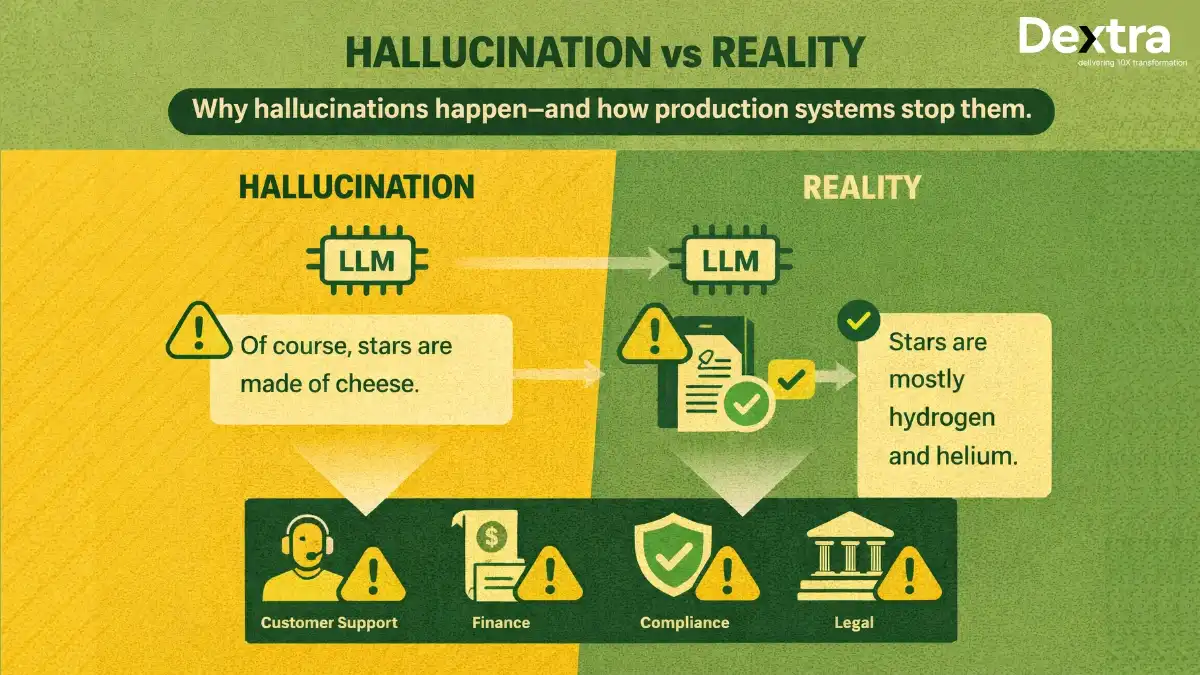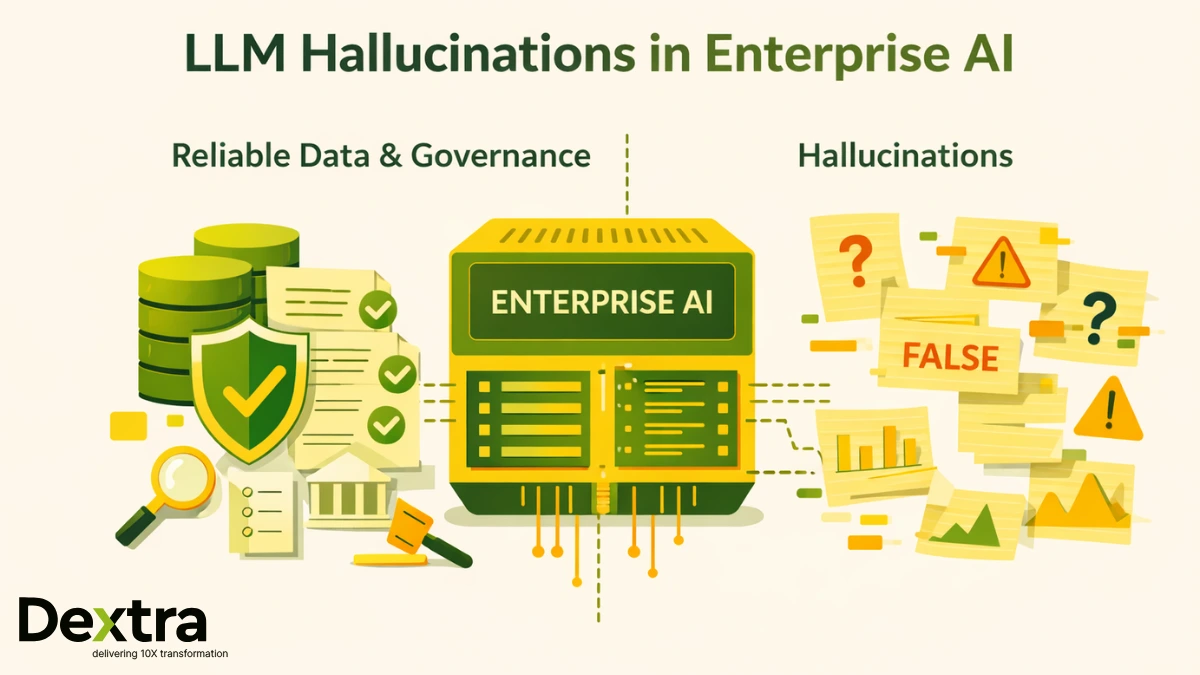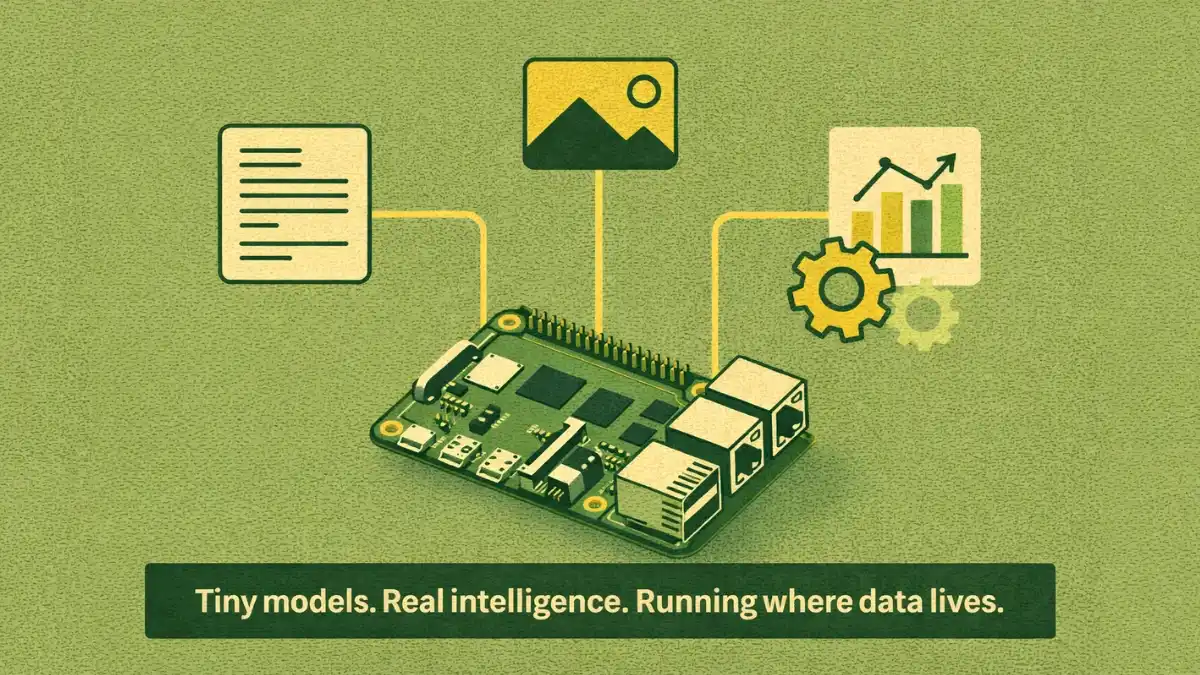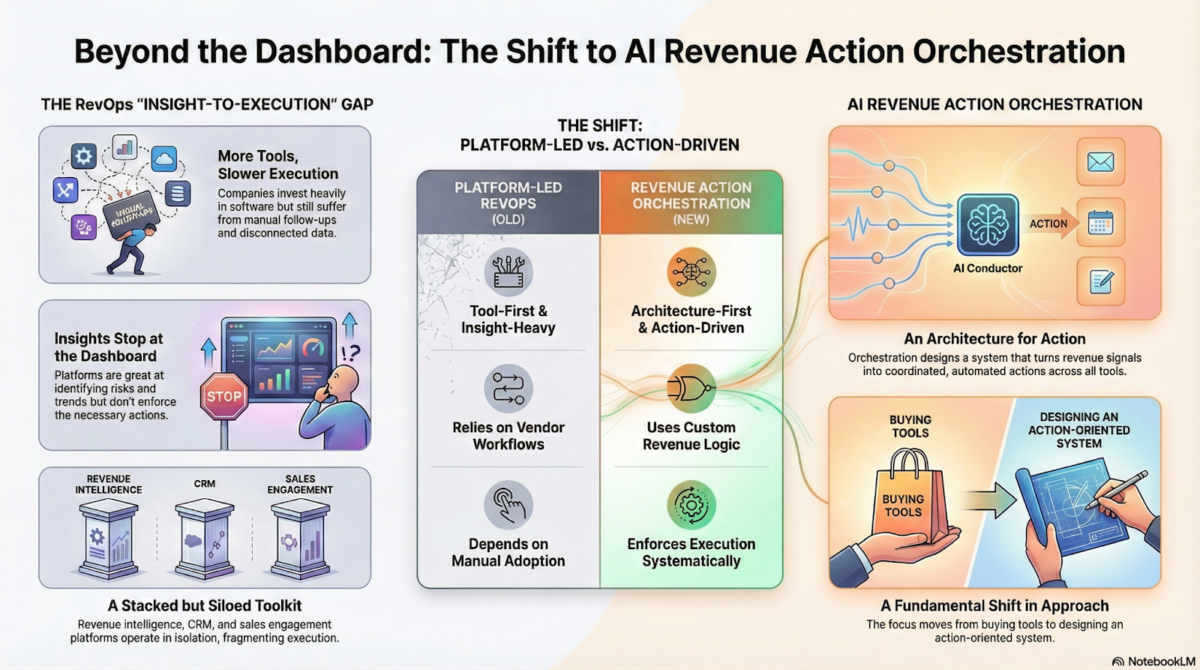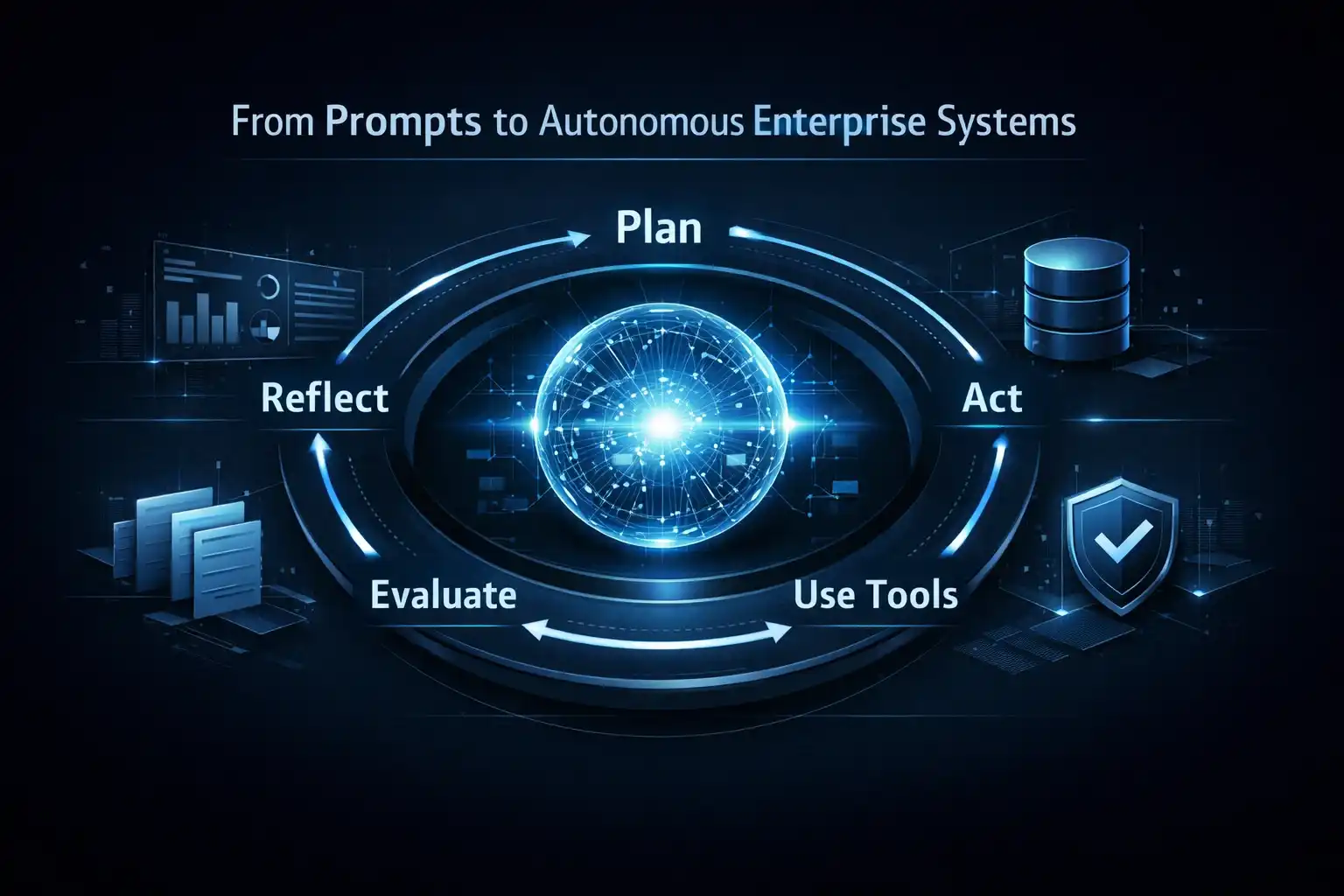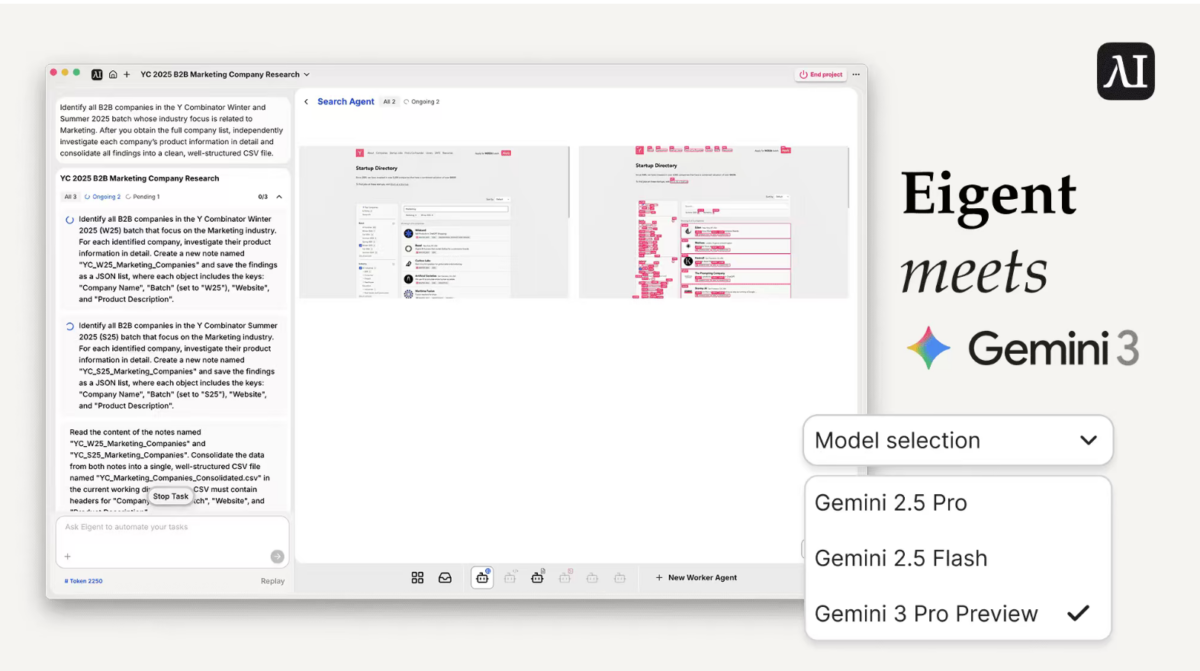Feeling stuck in the ever-growing complexity of machine learning workflows in 2025? You’re not alone—Dextralabs is here to guide you.
Machine learning workflows are evolving fast, becoming more intricate and demanding. Businesses and developers are under pressure to streamline processes, save time, and stay ahead of the curve. The challenge? Managing these workflows efficiently without losing focus on innovation.
That’s where AI agent frameworks step in. These tools are changing the way we work by automating boring tasks. Furthermore, the best part is that they make operations more efficient and increase output. According to a report by Precedence Research), the global market for AI agents is expected to grow from $7.92 billion in 2025 to an astounding $236.03 billion by 2034. This shows that AI agents are no longer just an option; they are a must.
But with so many frameworks out there, how do you choose the right one? That’s where this guide comes in.
We’ve done the heavy lifting for you. In this guide, we’ll explore the nine most impactful AI agent frameworks of 2025. You’ll discover their key features, real-world applications, and even their limitations. By the end, you’ll have the insights you need to make the best choice for your workflows.
Let’s dive in and see how these frameworks are shaping the future of machine learning.
Thinking About Building Your Own AI Agents
Partner with Dextralabs for getting custom design & deployment of Agentic Systems that work
AI Agents Development Services1. AutoGen
AutoGen, created by Microsoft, is an open-source platform for making agentic AI systems and helping several agents work together on complicated tasks. Its modular and extensible design makes it easy to build, customise, and coordinate agents via messaging that happens at different times and is based on events.
AutoGen now has tools for debugging and observing code. It works with both event-driven and request/response interaction patterns, and it can be used with programming languages like Python and .NET.
Use Cases of this ai agent framework:
AutoGen is used to automate tasks such as collaborative code review, multi-agent research assistants, customer query routing, and modular workflow orchestration in enterprise environments.
Its flexible, event-driven patterns allow teams to rapidly prototype, scale, and manage agent-driven applications. Microsoft highlights AutoGen’s suitability for building complex, distributed agent networks and powering real-world applications that require both autonomous and human-in-the-loop workflows.
- Use case discussion on modular and event-driven deployment: Microsoft Research Blog.
- Community and developer stories: AutoGen GitHub Discussions
Best For:
- Teams in regulated industries like finance and insurance.
- Automating tasks like document classification, data extraction, and compliance reporting.
Limitations:
AutoGen is best suited for routine and modular workflows. While it is highly accessible and flexible, deep customisations for highly specialised or niche AI logic may require further extension or integration with other frameworks.
New users and smaller teams may face a learning curve when implementing advanced agent orchestration and debugging.
Best for routine workflows: offers less in-depth customisation versus frameworks tailored to developers.
2. LangChain
LangChain offers a modular, extensible platform for managing LLM-centric workflows, making it popular for integrating with APIs, enterprise databases, and real-time services.
Use Cases
LangChain is widely used for building chatbots, research assistants, and workflow automations in data-heavy sectors. For example, Cisco’s Outshift division leveraged LangChain to develop its AI Platform Engineer, achieving a reported tenfold boost in DevOps productivity and reducing tasks that used to take weeks down to just hours.
Case Study: How Cisco’s Outshift Built Its Agentic AI Engineer with LangChain
Verified Industry Statistics
- According to the LangChain State of AI Agents report (2024), 51% of surveyed organisations are already using AI agents in production, with 78% actively planning to expand rollout. The most popular use cases are research/summarisation (58%) and productivity tools (53.5%).
- The S&S Insider Report projects the global AI agents market will reach $103.6B by 2032, growing at a 44.9% CAGR.
Best For:
- Developers who need a modular framework to build custom AI solutions.
- Ideal for creating chatbots, document analysis tools, and workflows that integrate with multiple LLMs.
Limitations:
LangChain demands high compute for large LLM processes, and its broad integration capacity often increases complexity and maintenance.
3. Atomic Agents
Atomic Agents is designed for building decentralised, collaborative multi-agent systems, making it well-suited for applications in logistics, IoT, and distributed control.
Statistics & Case Studies
A 2024 study published by the Massachusetts Institute of Technology’s Centre for Transportation & Logistics (MIT CTL) found that decentralised agent-based systems reduced coordination delays in complex supply chains by up to 20%.
Best For:
- Small teams or startups needing lightweight AI agents.
- Quick deployment for tasks like customer service or data processing.
Limitations
Requires deep expertise in agent-based systems, posing a steep entry for new adopters or small in-house teams.
4. Semantic Kernel
Semantic Kernel is an open-source Microsoft framework that makes it easy to add AI features to commercial programs. You can use it with a lot of different software systems because it works with Python, C#, and Java. The framework is for safe, large-scale automation, and it allows you to make your own AI orchestration.
Official docs: https://learn.microsoft.com/en-us/semantic-kernel/overview/
Use Cases
Semantic Kernel is widely used in industries like law, consulting, and business services for document search, semantic parsing, and workflow automation.
According to Microsoft’s case studies, enterprises leverage Semantic Kernel to automate internal processes and unlock new efficiencies. For example, Customer Case Study: Pushing the Boundaries of Multi-Agent AI Collaboration. This case study showcases how ServiceNow and Microsoft Semantic Kernel revolutionized P1 incident management through multi-agent AI collaboration, enhancing efficiency, context retention, and documentation processes.
Best For:
- Developers integrating AI into enterprise systems.
- Workflows requiring memory and context retention over time.
Limitations
More suitable for large technical teams; complexity and learning curve can slow deployment for small firms.
5. CrewAI
CrewAI is designed for orchestrating real-time teamwork among autonomous agents, making it ideal for industries where multi-agent collaboration improves outcomes.
Official documentation and examples can be found on their site: https://docs.crewai.com/
Data & Example
According to a CrewAI workflow case study, the implementation of CrewAI in fintech environments enabled autonomous agents to process tens of thousands of fraud checks per day, reducing manual review loads and minimising false positives.
While comprehensive industry-wide statistics are still emerging, early deployments have reported significant improvements in speed and coordination for high-volume fraud detection and compliance tasks (see CrewAI Use Cases).
Best For
- Teams focused on human-AI collaboration.
- Content creation, research, and managing workflows with role-based agents.
Limitations
Excellent for teamwork-dependent processes, but over-specialised for organisations wanting solo-agent or generic automation.
6. Hugging Face Transformers Agents
Hugging Face remains a leader in NLP, with its Transformers Agents framework enabling advanced model customisation and seamless integration for natural language applications.
Documentation: https://huggingface.co/docs/transformers
Verified Rankings & Case Studies
The Stanford AI Index Report 2024 recognises Hugging Face Transformers as setting industry benchmarks for open-source language models, noting their widespread adoption and performance in tasks like question answering and sentiment analysis.
A real-world case study comes from Nature Medicine, where Hugging Face Transformers enabled researchers to significantly improve clinical text mining for patient diagnosis and outcome predictions.
Best For
- Developers and researchers working with pre-trained models.
- Tasks like text generation, translation, and summarization.
Limitations
Resource-heavy: requires serious compute budgets for best performance.
7. RASA
RASA is a widely used open-source platform for building conversational AI with robust intent recognition, context management, and flexible dialogue design.
Documentation: https://rasa.com/docs/
Use Cases & Outcomes:
RASA powers customer support bots for companies like N26 and Lemonade, automating thousands of conversations daily (N26 case study).
Further, RASA’s public showcase details real projects where organisations automated 60:80% of incoming user requests, with documented increases in user engagement and satisfaction scores.
Best For:
- Enterprises needing open-source conversational AI.
- Building customizable chatbots with strong natural language understanding.
Limitations:
Demands a specialised setup and is best managed by technically seasoned teams.
8. Langflow
Langflow offers a low-code and highly visual interface, enabling rapid development and deployment of AI workflows and agents. Users can drag and drop components without deep programming knowledge, dramatically reducing technical barriers for prototyping.
Case Studies
Langflow’s own case studies showcase how a retail company implemented an AI-powered recommendation engine in less than two weeks and improved conversion rates by 15%. Additionally, a Harvard Business Review analysis found that low-code tools like Langflow can accelerate time-to-market by up to 25%, driving faster prototyping and delivery.
Best For:
- Teams looking for a visual, no-code interface.
- Quickly building and deploying AI workflows without heavy coding.
Limitations:
Less equipped for highly specialised, large-scale, or diagnostic-heavy ML applications.
Why Dextra Labs Trusts These Frameworks?
At Dextra Labs, we rely on technologies that are both proven and open to scrutiny. The frameworks above deliver efficiency, adaptability, and real ROI: as validated by a lot of different factors. Let’s have a look:
AI Frameworks Comparison Table
| Framework | Ease of Use | Coding Required | Team Size | Key Strength | License |
| AutoGen | Moderate | Requires programming skills | Small to medium | Task automation and customization | Open Source |
| LangChain | Easy to Moderate | Requires basic Python skills | Small to large | Strong tools for building agent pipelines | Open Source (MIT) |
| Atomic Agents | Easy | Minimal | Small to medium | Rapid prototyping for simple bots | Proprietary |
| Semantic Kernel | Moderate | Requires C# or Python skills | Small to medium | Integration with enterprise solutions | Open Source (MIT) |
| CrewAI | Easy | Minimal | Small teams | Pre-built tools for team collaboration | Proprietary |
| Hugging Face Transformers Agents | Moderate to Difficult | Requires advanced coding | Medium to large | Cutting-edge natural language benchmarks | Open Source |
| RASA | Moderate | Requires Python knowledge | Medium to large | Advanced intent recognition and chatbots | Open Source (Apache 2.0) |
| Langflow | Easy | Minimal | Small teams | Visual interface for quick development | Open Source |
Final Thoughts
AI agent frameworks now power smarter, faster ML deployments: from enterprise automation to NLP breakthroughs.
The data shows that adoption is at record highs (McKinsey, 2025); operational gains are well documented (PwC Survey); and every solution here is fueling industry-wide transformation.
Choose your framework based on your team’s skills, use case, and growth targets. With verified data and real-world outcomes, you have the confidence to innovate and excel in the age of AI.
Need Help Navigating AI Agent Frameworks?
With deep expertise in AI agent architecture, Dextralabs empowers businesses to implement, optimize, and scale AI-powered systems.
Book Your Free AI ConsultationFAQs on Ai Agent Frameworks:
Q. How big is the AI agent market in 2025?
The AI agent industry will be worth $7.92 billion in 2025. It is rising swiftly and will be worth $236.03 billion by 2034. Businesses are adopting AI to make choices and do work, which is why this surge is happening.
Q. What is an AI agent framework?
An AI agent framework is a collection of technologies that help you build intelligent systems. It gives developers the tools and guidelines they need to construct agents that can learn, think, and act on their own.
Q. What is the difference between atomic agents and CrewAI?
Atomic agents are tiny and can execute their duties without help. CrewAI is a group of agents that work together to solve greater issues and do hard tasks.
Q. What are the 5 types of AI agents?
There are five kinds of AI agents. Simple reflex agents react to events right away. Agents that employ models remember things to make choices. Agents that are goal-oriented work to achieve their aims. Agents that are based on utility want to get the best results. Agents that learn get better with time.
Q. What are machine learning frameworks?
Machine learning frameworks are software that helps you build and train models. TensorFlow and PyTorch are two programs that help automate operations, look at data, and speed up the process of building AI.


